Polypropylene or metal-plastic pipes: which are better in each specific situation?
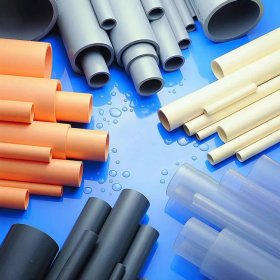
When installing new water supply and heating systems, as well as when replacing or repairing old communications, the problem of choosing pipes arises. Most often, polypropylene or metal-plastic pipes, which have a number of advantages compared to other materials, are purchased for laying the pipeline. At the same time, you need to know that even among one type of pipe there are several subspecies that differ from each other in technical characteristics. Particular care should be taken when choosing pipes for laying a pipeline in hot water supply and heating systems, since under the influence of high temperatures, its elements can undergo deformations. To make the right choice, it is enough to get acquainted with the features of the device of metal-plastic and polypropylene products, as well as compare their operational characteristics and the cost of the entire amount of work.
Content
Candidate # 1 - Metal Pipe
Internal design and specifications
If you look at the metal-plastic pipe in a section, you can see a five-layer composition consisting of:
- cross-linked polyethylene (PEX and PE RT);
- glue;
- aluminum foil;
- another layer of glue;
- another layer of cross-linked polyethylene (PEX and PE RT).
Metal-polymer pipes (MPT) are durable and reliable in operation, so their service life is tens of years. Products are resistant to wall overgrowth and siltation, as well as corrosion and salt deposition on them. The material used for the manufacture of pipes has absolute oxygen impermeability, resistance to aggressive environments, and anti-toxicity.
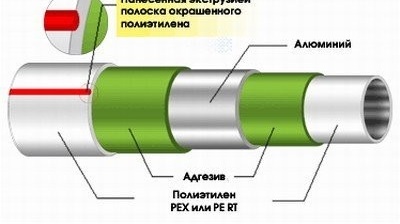
Schematic illustration of the device of a plastic pipe. Inside and outside of the product, a layer of cross-linked polyethylene is applied, and inside - a layer of aluminum
The throughput of metal-plastic pipes is 1.3 times higher than the similar characteristics of steel products, and the thermal conductivity is 175 times less. When calculating linear dimensions, perfect accuracy is not required. Light weight and high ductility MPT facilitates the installation of the pipeline.
When performing work, a minimum of tools is used. Hidden communications wiring is possible, including pouring them into a concrete screed. The advantages of using these products can also be attributed to their high maintainability, the absence of the need to involve complex and heavy equipment when performing repair work, good sound-absorbing ability, aesthetics of the piping and antistatic.
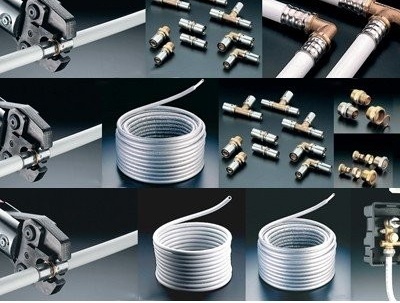
Plastic pipes and fittings necessary for their strong connection. Press fittings are installed using a crimping tool.
Features of installation technology
Plastic pipes are delivered in bays. When unpacking the material, do not use a sharp cutting tool, since it is likely to be damaged. A metal-polymer pipe of the required length is unwound from the bay and straightened this section manually. Then measure the exact amount of pipe using a tape measure. A felt-tip pen marks the mark along which the measured piece is cut using a pipe cutter or other tool with functions suitable for this operation.
The cross section of the pipe must have a strictly round shape. To meet this requirement, it is necessary to remove the chamfer from the inner layer of the pipe. Some masters use a regular knife instead of a calibrator.
Metal pipes can be joined by crimp fittings or press fittings.
Work with crimp fittings
The rubber o-rings in the crimp fitting must be located in the grooves specially designed for them. The presence of bumps and other irregularities is not allowed. A teflon insulating washer must be present on the fitting. Before putting the fitting on the pipe, put on a union nut, and then a "cracker". After that, twist the pipe a little and fit a fitting on it. Then you need to push the “cracker” and union nut to the fitting body, tightening the latter tightly with your hands. Take two open-end wrenches and with their help tighten the nut by the required number of revolutions.
Work with press fittings
Taking press fitting, check the presence of sealing rings in it, as well as the dielectric gasket. Then put the product on the pipe so that its wall appears in a special window located near the base of the sleeve. Next, crimp the connectors using hand pincers. In this case, the tool is started on the press fitting so that the collar of the sleeve is in the corresponding recess of the press nozzle. Having fixed the position of the tool, the clip is closed until the lock clicks. Next, crimping the sleeve. If tucks have formed, then the crimping must be repeated, having shifted the crimp axis a little.
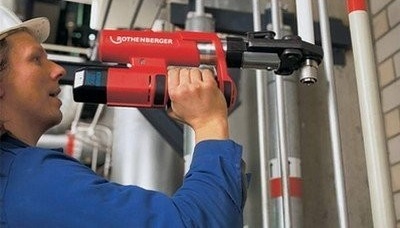
Expensive professional equipment for making metal-plastic pipe joints with press fittings. The tool can be rented at the store by making a deposit
Please note that for autonomous heating systems mounted in country houses, it is recommended to use connections on press fittings. In crimp fittings, due to the frequent temperature difference when the boiler is turned on / off, the rubber bands loosen, as a result of which the connection starts to leak. In practice, it was found that a leak appears after six months of operation of the heating system.
Read more about the installation of metal-plastic products in the article - How to work with plastic pipes: an overview of connection methods.
Candidate # 2 - Polypropylene Pipes
There are several types of polypropylene pipes on the Russian market that differ in color, the presence of a reinforcement layer, and size. Which product option should be preferred when installing a water supply or heating system?
The pipe color should least influence the choice, since only the appearance of the pipe wiring depends on this parameter. The color of the products does not significantly affect the reliability of the pipes and the duration of their operation. Gray propylene is produced in the Czech Republic. White polypropylene pipes are made in Turkey. Czech products are slightly better than Turkish. That is why it is sold at a higher cost. In Czech pipes, the reinforcement layer is thicker, which is enclosed in a polypropylene shell of the same thickness.In Turkish products, the reinforcement layer is thinner, and the polypropylene layers are not uniform in all sections. However, this does not have a big impact on the quality of the functioning of the pipeline, therefore, in order to save money, many people buy products from Turkish manufacturers.
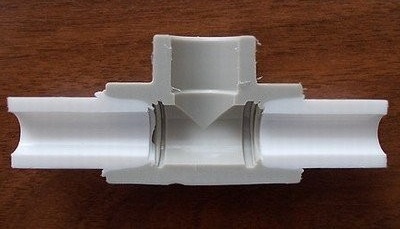
Monolithic connection of white polypropylene pipes with a gray polypropylene fitting. The quality of the adhesion of the pipeline elements does not depend on the color of polypropylene
It is important to note that when installing an open wiring, fittings in the same color as the pipes acquire. With hidden installation of the pipeline, this requirement can not be observed and elements of different colors can be combined, as this does not affect the quality of their connections.
Internal design and specifications
Polypropylene pipes can be unreinforced and reinforced. In what cases is it worth buying an unreinforced pipe and why? Immediately, we note that such products are most often used when installing cold water supply systems. The fact is that polypropylene is subjected to thermal elongation under the influence of high temperatures and their differences. Moreover, this indicator is quite large: 150 mm for every 10 meters of the pipe with a temperature difference of 100 degrees Celsius. Experienced installers know how to level this disadvantage. When installing hot water supply systems (DHW) and heating from unreinforced polypropylene, they have to provide for all sorts of indentation, compensation loops and other devices to help withstand pipeline differences in the linear dimensions of the pipes.

Glass fiber reinforced polypropylene pipes have a minimum linear expansion when exposed to high temperatures. Ideal for installing a heating system
Polypropylene pipes with fiberglass reinforcement help to simplify the installation of piping for heating systems and hot water. This technology allows to reduce the thermal elongation of polypropylene by 10 times (up to 1.5 cm per 10 m).
Reinforcement of polypropylene pipes can be performed with aluminum foil, which can be located:
- outside the product under a thin outer layer of polypropylene and a thick inner one;
- inside the product, while the outer and inner layers of polypropylene have the same thickness;
- inside the pipe, the outer layer of which is made of polypropylene, and the inner one is made of transparent polyethylene, which allows you to see a strip of aluminum foil.
In all cases, the edges of the aluminum foil are not fused. The reinforcement layer does not serve to increase the strength of the product, but to reduce its thermal elongation. Pipes reinforced with aluminum are inferior in terms of thermal elongation to products reinforced with fiberglass. However, pipes that are not reinforced at all are superior.
Features of installation technology
The easiest way is to install unreinforced pipes and pipes with fiberglass, because in this case it is possible to efficiently solder sections of the pipeline using fittings. Polypropylene and fiberglass lend themselves well to melting, so reliable and high-quality compounds are obtained.
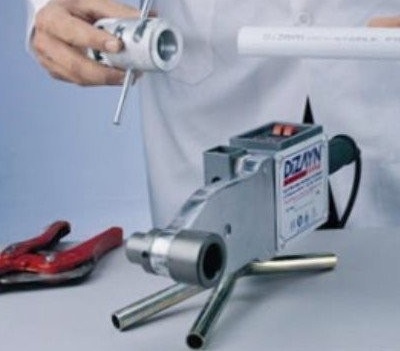
Tools necessary for making polypropylene pipe joints: pipe cutter, welding machine for soldering pipes, calibrator for edge trimming
Pipes reinforced with aluminum foil on the outside must be prepared for soldering procedure with fitting. Before soldering, a layer of aluminum is removed from the portion of the pipe into the fitting. This is done so that the thick inner layer of polypropylene melts and adheres to the fitting material. Perform the procedure of cleaning the pipe from aluminum foil with a special tool. At the same time, a lot of effort is expended, especially if large diameter pipes are processed.
Pipes reinforced inside with aluminum foil must also be cleaned.With the help of a special tool, the pipe is twisted and a small strip of aluminum is removed from it. This allows the outer and inner layer of polypropylene to be joined when soldering, thereby protecting the aluminum foil from water entering it. If this operation is performed insufficiently, then over time water will penetrate into the pipe and begin to come into contact with aluminum. This will ultimately lead to pipe deformation. The outer layer of polypropylene may burst. Such a pipe will have to be changed.
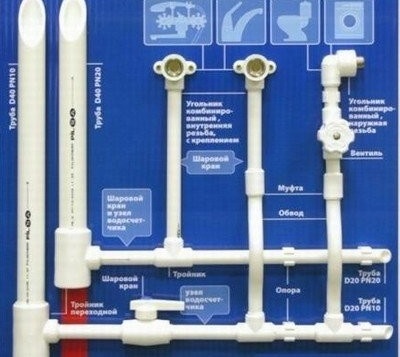
Layout of all types of connections of polypropylene pipes and fittings necessary for the installation of cold and hot water supply systems, as well as for connecting plumbing and household appliances
Read more about mounting nuances in the article - How to work with polypropylene pipes: all about the features of installation work.
Conclusions - what is still better?
The scope of metal-plastic pipes that are not subject to thermal expansion is practically unlimited. It is possible to carry out installation of a pipeline made of metal-plastic both in water supply systems and in heating systems. These pipes are inferior to polypropylene counterparts only in terms of strength and reliability of fitting connections. In soldered polypropylene pipes, it is possible to obtain a monolithic compound. The crimp fittings used in the connection of the MPT pipes have to be tightened over time to prevent leakage. This problem can be solved if properly installed press fittings are used, which ensure a high-quality connection throughout the entire period of operation of the pipeline.
For heating, polypropylene pipes reinforced with fiberglass are most suitable. For cold water supply, unreinforced polypropylene is considered an ideal option. True, in this case it will be necessary to use more connecting fittings (tees, elbows, fittings of complex shape), since polypropylene pipes do not bend, unlike metal-plastic products. The metal-plastic pipe is bent manually using an additional device in the form of a spring, which prevents creases from forming on the product.
A special welding machine is purchased for soldering polypropylene, simply called “soldering iron". Joining metal pipes with press fittings also requires a special tool. But when working with crimp fittings, except for wrenches, nothing is required.
Evaluate all the pros and cons of each type of pipe, and then make an informed choice of material for the installation of the necessary utilities.
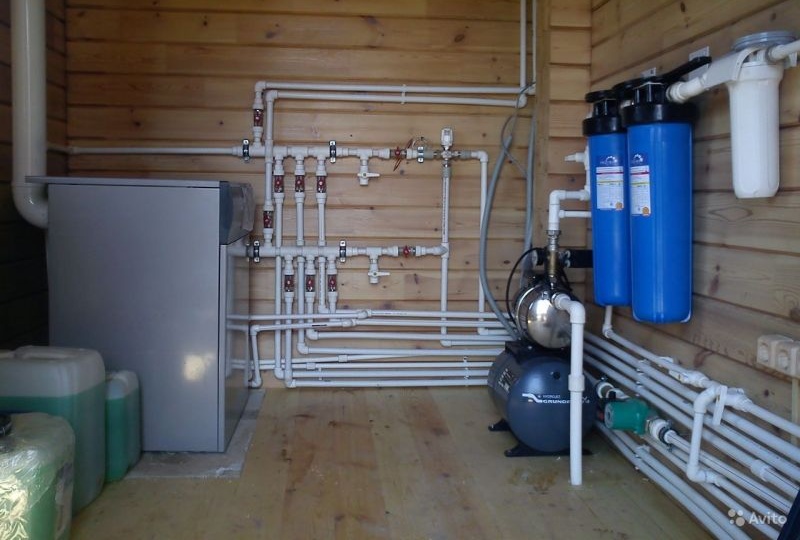
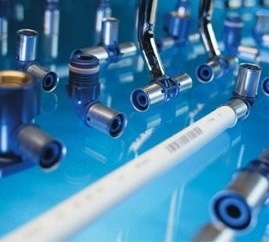
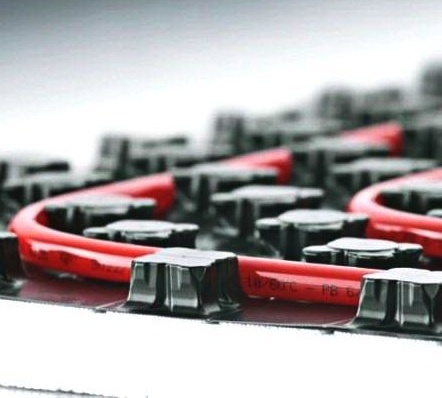
3 comments